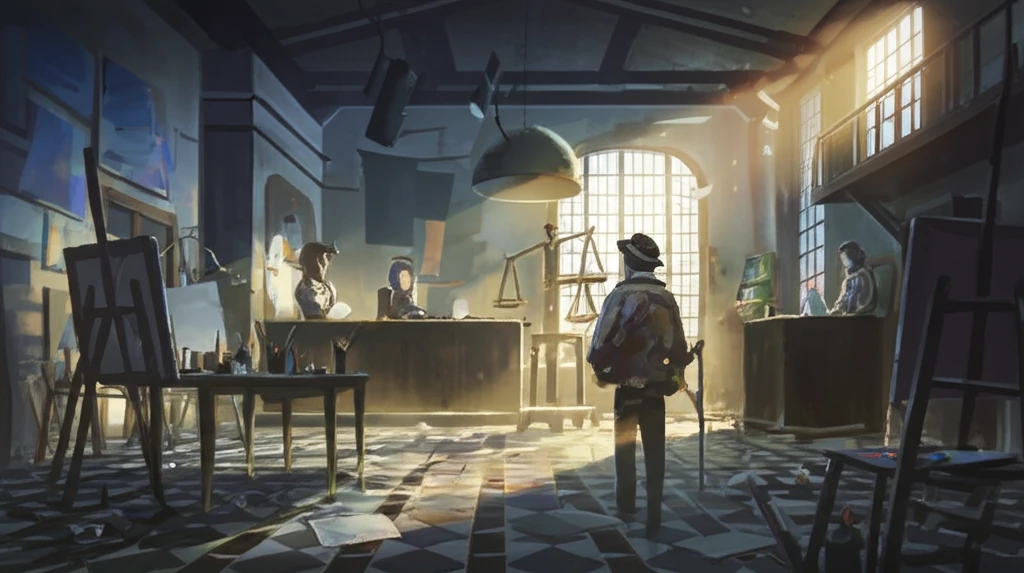
Decoding the Renaissance: How Art and Law Shaped Early Modern Europe
"Explore the intricate relationship between legal thought and artistic expression in Renaissance Europe, revealing how these forces influenced society and culture."
Renaissance Europe was a stage for profound intellectual and cultural transformations. It was a period where legal principles and artistic expression intertwined, each influencing the other in complex ways. New research sheds light on this dynamic interplay, revealing how law and art together shaped the era's social fabric.
Legal scholars and artists of the time grappled with fundamental questions of justice, culpability, and governance. Their explorations weren't confined to courtrooms or studios; they spilled into the streets, influencing public perception and challenging established norms. Examining these interactions provides a richer understanding of the Renaissance mind.
This article examines key aspects of this relationship, drawing on insights from recent scholarly works. From the spectacle of justice in romances to the visual rhetoric of political imagery, we uncover how Renaissance individuals used both legal and artistic tools to negotiate power, express dissent, and construct their identities.
The Aesthetics of Justice: Romance and Legal Thought

Legal proceedings in the Renaissance weren't merely about facts and arguments; they were also performances. Romances, popular literary works of the time, engaged directly with legal concepts, often presenting alternative visions of justice and culpability. These narratives used aesthetics and spectacle to explore complex moral questions.
- Romances engaged with legal themes, offering alternative perspectives on justice.
- Aesthetics and spectacle played crucial roles in shaping perceptions of culpability.
- Narratives critiqued legal processes, influencing public sentiment.
A Lasting Legacy
The interplay between art, law, and politics in Renaissance Europe left an indelible mark on Western culture. It fostered critical thinking, challenged established norms, and paved the way for new forms of expression and governance. By understanding these historical dynamics, we can gain valuable insights into the ongoing evolution of law, art, and society.
